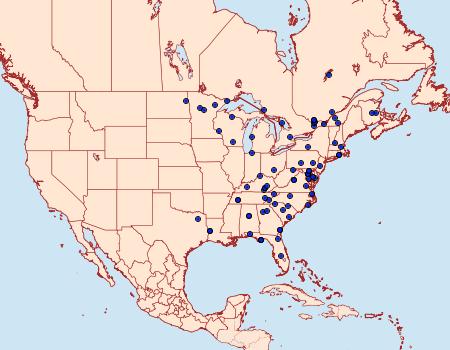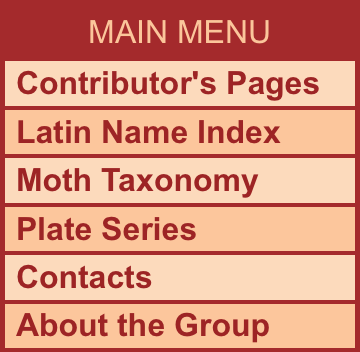
|

Digital Guide to Moth Identification |

|
|
Tortricidae
51a1372 –
3486 Cydia toreuta
(Grote, 1873)
|
||||||||
| Photographs are the copyrighted property of each photographer listed. Contact individual photographers for permission to use for any purpose. | ||||||||
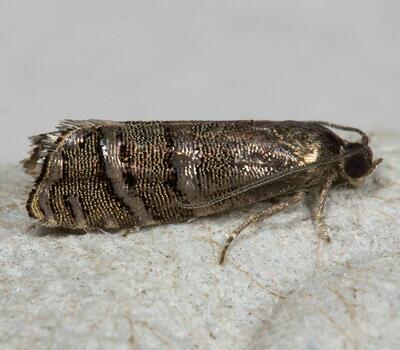
© Nolie Schneider |
||||||||
|
||||||||
| References (Caution: DNA barcoding at BOLD provides evidence of relatedness, not proof of identification; some BOLD specimens shown may not be sequenced.) | ||||||||
|
||||||||
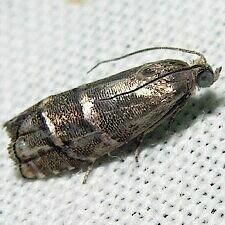 © Jason Dombroskie 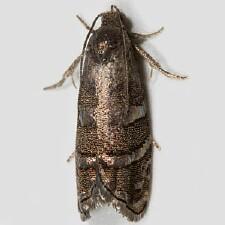 © Nolie Schneider 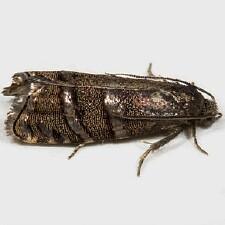 © Nolie Schneider |
||||||||
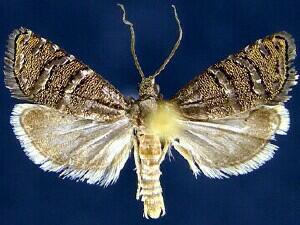 13mm – © Jim Vargo |
Moth Photographers Group at the Mississippi Entomological Museum at the Mississippi State University
Send suggestions, or submit photographs to Webmaster — Moth Photographers Group
Database design and scripting support provided by Mike Boone
